
Discovering the Spiritual Essence of Hongu (Jogu)
Explore the serene beauty and rich cultural heritage of Hongu (Jogu), a must-visit Shinto shrine in Kamakura, Japan.
Nestled in the tranquil town of Kamakura, Hongu (Jogu) is an iconic Shinto shrine that invites tourists to experience its serene beauty and rich cultural heritage. Surrounded by lush greenery, this shrine serves as a peaceful retreat where visitors can partake in traditional rituals, admire stunning architecture, and immerse themselves in the spiritual ambiance that defines Japanese culture. A short walk from Kamakura station, Hongu offers an enriching journey into the heart of Japan's sacred sites, making it a must-visit for every traveler.
A brief summary to Hongu (Jogu)
- 2 Chome-1-31 Yukinoshita, Kamakura, 2 Chome Yukinoshita, Kanagawa, 248-0005, JP
- +81467-22-0315
- Visit website
- Monday 12 am-12 am
- Tuesday 12 am-12 am
- Wednesday 12 am-12 am
- Thursday 12 am-12 am
- Friday 12 am-12 am
- Saturday 12 am-12 am
- Sunday 12 am-12 am
Local tips
- Visit early in the morning to enjoy a peaceful atmosphere and avoid crowds.
- Don't miss the chance to draw an omikuji for a glimpse of your fortune.
- Take a leisurely stroll in the surrounding gardens for a complete experience.
- Bring a camera to capture the stunning architecture and natural beauty.
Getting There
-
Car
From Hakone, take Route 1 towards Odawara. Continue on Route 1 for about 30 minutes until you reach the intersection with Route 134. Take Route 134 towards Kamakura. Follow Route 134 for approximately 25 minutes. As you approach Kamakura, look for signs directing you toward 'Yukinoshita.' Once you reach Yukinoshita, turn onto 2 Chome-1-31 where Hongu (Jogu) is located. There is parking available near the shrine, but be aware that it may incur a parking fee.
-
Public Transportation
Start by taking the Hakone Tozan Railway from any station in Hakone (e.g., Hakone-Yumoto Station) to Odawara Station. This journey takes approximately 15-20 minutes. Once at Odawara Station, transfer to the JR Line and take the train towards Kamakura. The train ride will take around 30 minutes. Upon arriving at Kamakura Station, exit the station and follow the signs to the bus terminal. Board the bus that heads to 'Yukinoshita.' The bus ride will take around 10-15 minutes. Get off at the 'Yukinoshita' bus stop, and from there, it's a short 5-minute walk to Hongu (Jogu).
-
Taxi
For a more comfortable and direct option, you can take a taxi from anywhere in Hakone to Hongu (Jogu). Taxis are available at major hotels and stations. The journey will take approximately 40-50 minutes depending on traffic. This may be a more expensive option, typically costing around ¥8,000 to ¥10,000.
Discover more about Hongu (Jogu)
Iconic landmarks you can’t miss
Genji Pond
0.2 km
Explore the captivating beauty of Genji Pond, a serene garden in Kamakura, blending nature and history for an unforgettable experience.
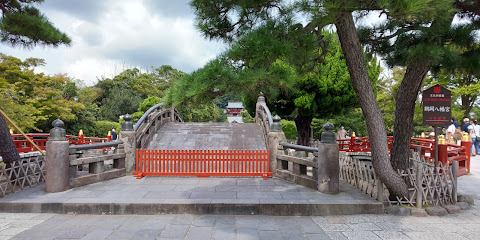
Meigetsu-in
1.1 km
Discover tranquility at Meigetsu-in, a historic Buddhist temple in Kamakura, renowned for its stunning hydrangea gardens and serene atmosphere.
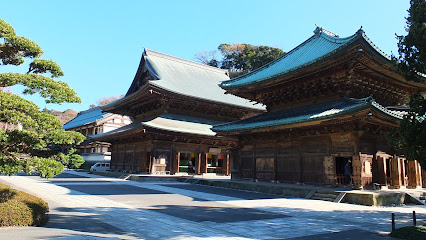
Hokokuji Temple
1.3 km
Discover tranquility at Hokokuji Temple in Kamakura, Japan, renowned for its beautiful bamboo grove and rich spiritual heritage.
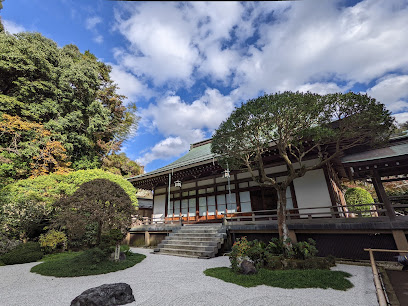
Kotoku-in
2.1 km
Explore the serene beauty of Kotoku-in, home to Japan's iconic Great Buddha and a peaceful retreat in the heart of Kamakura.
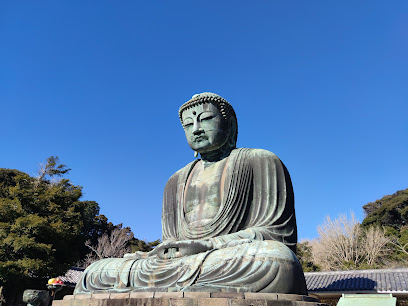
Hasedera
2.6 km
Discover the serene beauty of Hasedera Temple in Kamakura, a stunning blend of nature, spirituality, and rich Japanese culture.
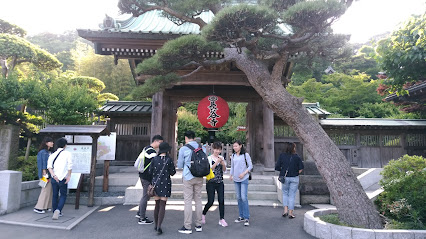
1 Chome Inamuragasaki
3.8 km
Discover the serene coastal beauty of Inamuragasaki in Kamakura, where stunning views, rich history, and peaceful beaches await your exploration.
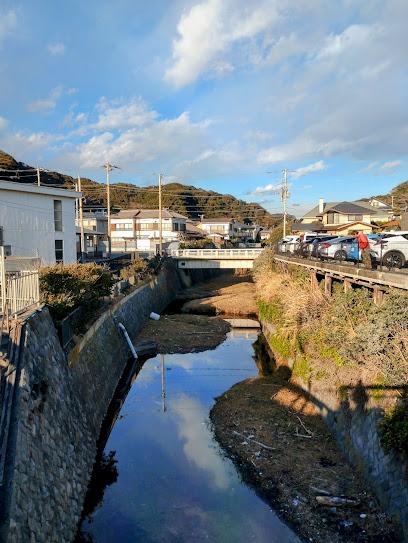
Cape Inamuragasaki
3.9 km
Explore the stunning vistas of Cape Inamuragasaki, a historical landmark that beautifully combines nature and culture in Kamakura, Kanagawa.
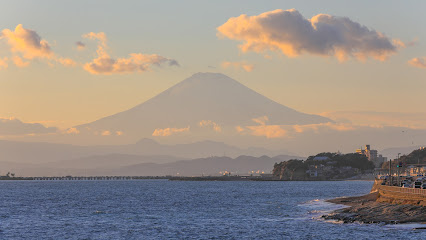
Kamakura Prince Hotel
4.4 km
Experience luxury and breathtaking views at Kamakura Prince Hotel, your ideal coastal retreat in scenic Kamakura, Japan.
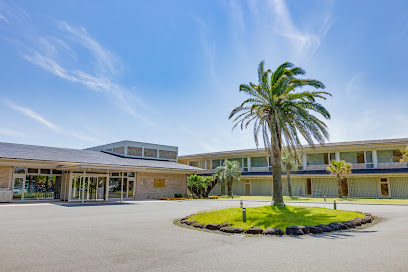
Takatoriyama Park
5.7 km
Explore the natural beauty and tranquility of Takatoriyama Park in Yokosuka, a perfect escape for nature lovers and adventure seekers.
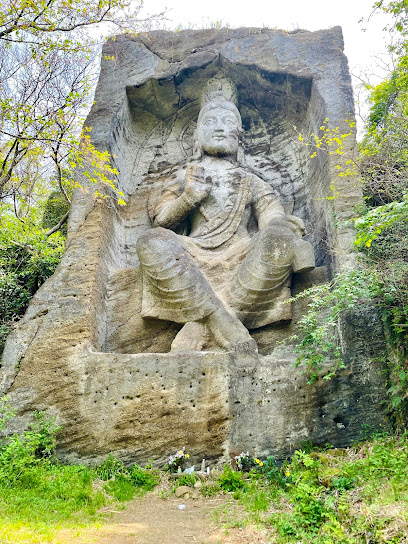
Ito Hirobumi Old Villa in Kanazawa
7.1 km
Explore the historical Ito Hirobumi Old Villa in Kanazawa, a serene heritage site showcasing Japan's architectural beauty and rich political history.
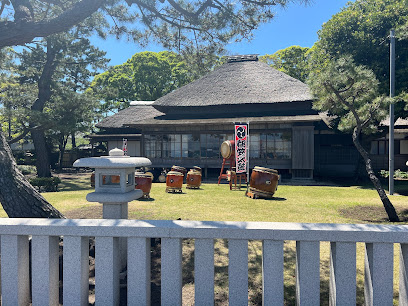
Enoshima Benten Bridge
7.2 km
Discover the breathtaking Enoshima Benten Bridge, a scenic pathway to beautiful Enoshima Island, rich in culture, history, and stunning ocean views.

Sea Paradise Tower
8.1 km
Discover the thrill and beauty of Sea Paradise Tower in Yokohama, where adventure meets breathtaking views for an unforgettable experience.
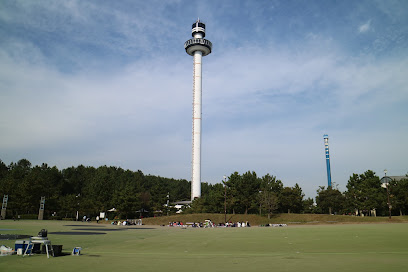
Yokohama Hakkeijima Sea Paradise
8.1 km
Experience the thrill of rides and the wonder of marine life at Yokohama Hakkeijima Sea Paradise, an unforgettable family-friendly destination in Japan.

Tsukayama Park
9.3 km
Explore Tsukayama Park in Yokosuka, a serene nature preserve and memorial park that offers stunning views and a glimpse into Japan's rich history.
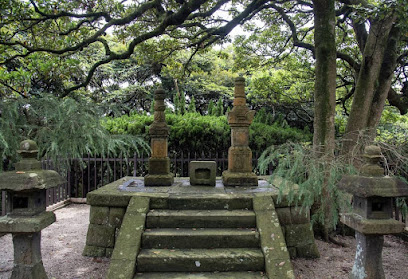
Verny Park
10.4 km
Explore the lush greenery and stunning harbor views at Verny Park, a must-visit tourist attraction in Yokosuka, Kanagawa, Japan.
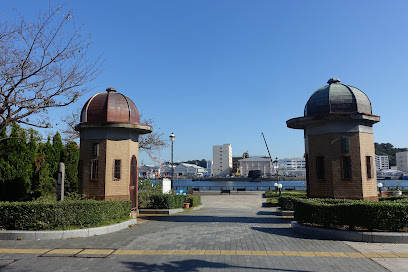
Unmissable attractions to see
Tsurugaoka Hachimangu
0.0 km
Discover the spiritual heart of Kamakura at Tsurugaoka Hachimangu, a stunning Shinto shrine steeped in history and cultural significance.
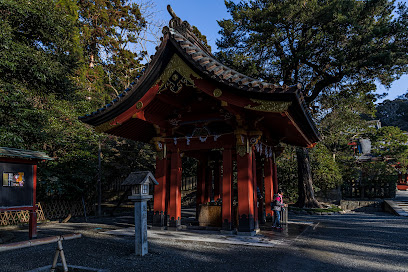
Maruyama Inari Shrine
0.1 km
Explore the serene Maruyama Inari Shrine in Kamakura, a hidden gem of Shinto spirituality surrounded by nature's tranquility.
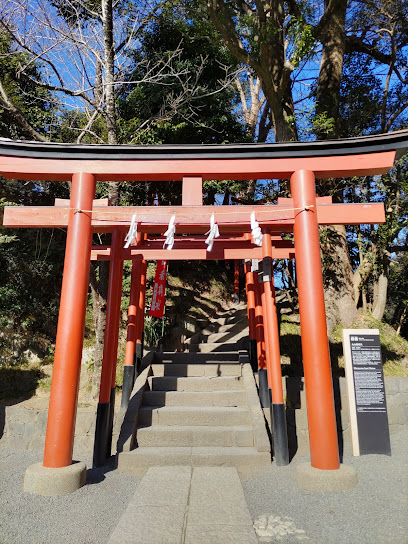
Tsurugaokahachimanguimamiya
0.2 km
Experience the serene beauty and rich history of Tsurugaoka Hachimangu Shrine, a cultural gem in Kamakura, Japan.
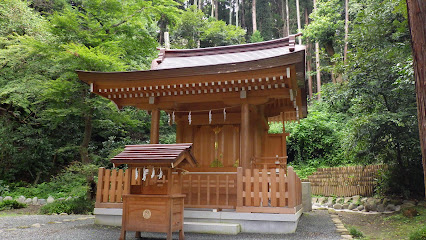
Hataage Benzaiten Shrine
0.3 km
Experience the tranquility and cultural depth of Hataage Benzaiten Shrine, a serene Shinto haven in Kamakura, dedicated to the goddess of music and art.

Shirahata Shrine
0.4 km
Experience spiritual serenity and cultural heritage at Shirahata Shrine in Kamakura, a tranquil retreat surrounded by nature's beauty.

Grave of Minamoto Yoritomo
0.4 km
Explore the serene Grave of Minamoto Yoritomo in Kamakura, a historical landmark that celebrates Japan's samurai heritage amidst lush nature.
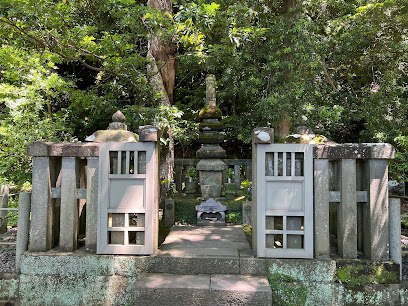
Hokai-ji
0.5 km
Explore the tranquil beauty of Hokai-ji, a serene Buddhist temple in Kamakura, offering a peaceful retreat and rich spiritual heritage.
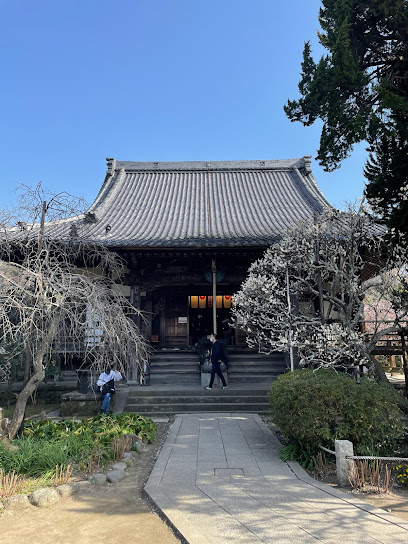
Jokomyoji
0.5 km
Explore Jokomyoji, a serene Buddhist temple in Kamakura, where tranquility, history, and stunning architecture await you amidst lush gardens.
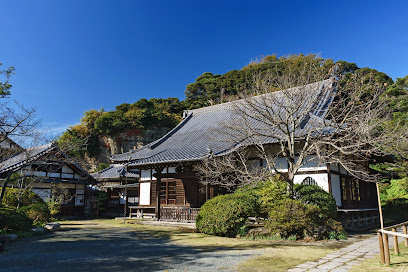
Grave of Soma Jiro Morotsune
0.5 km
Discover the serene Grave of Soma Jiro Morotsune in Kamakura, a historical landmark steeped in Japan's rich cultural heritage and tranquil beauty.

Kencho-ji
0.6 km
Explore Kencho-ji, the oldest Zen temple in Kamakura, where history, tranquility, and stunning gardens converge in a spiritual haven.
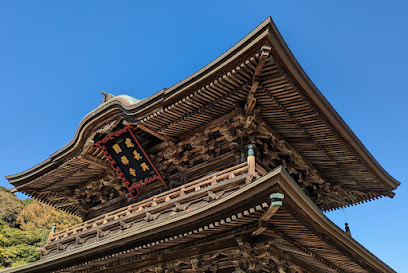
Jufuku-ji Temple Main Gate
0.6 km
Experience spiritual tranquility at Jufuku-ji Temple, a beautiful Buddhist sanctuary in Kamakura, Japan, where history and nature harmoniously intertwine.
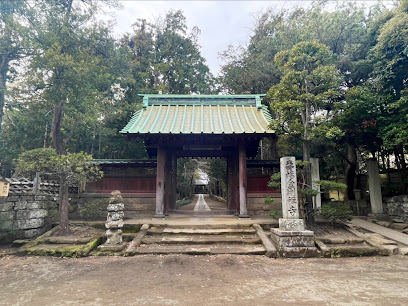
Eishō-ji Temple
0.6 km
Explore the tranquil beauty and spiritual heritage of Eishō-ji Temple in Kamakura, a must-visit Buddhist sanctuary for every traveler.
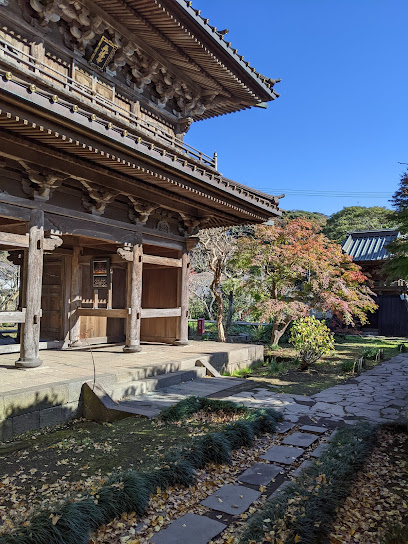
Myoryu-ji
0.6 km
Experience the serenity of Myoryu-ji, a hidden Buddhist temple in Kamakura, where tranquility and rich cultural heritage await every visitor.
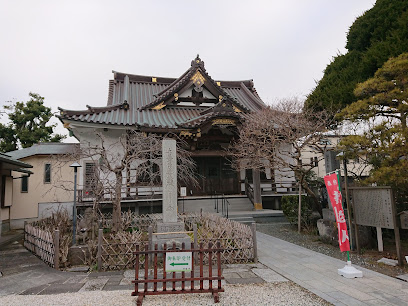
南国ビーチリゾートカフェ The3rd.Kamakura 鎌倉
0.6 km
Experience the flavors of Kamakura at The3rd.Kamakura, where barbecue meets dessert in a cozy cafe setting.
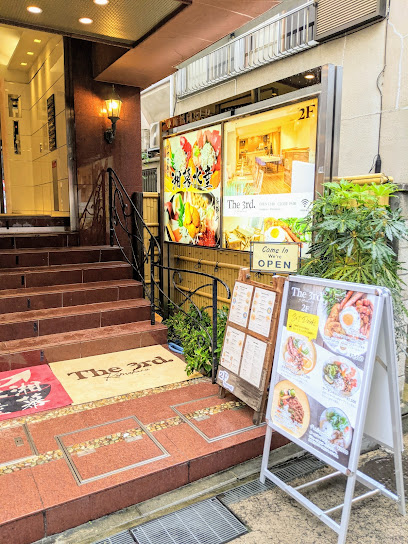
Chumon
0.7 km
Experience the serenity and culture of Chumon, a beautiful Buddhist temple in Kamakura, offering a peaceful retreat and rich heritage.
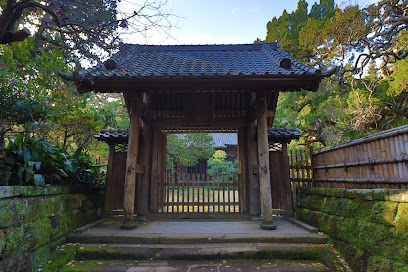
Essential places to dine
La Nostalgia ラ ノスタルヒア
1.5 km
Discover authentic Argentinian flavors at La Nostalgia in Kamakura—where every dish tells a story.
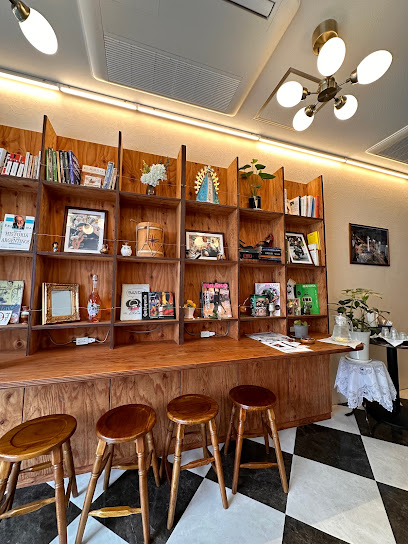
Shima-no-chaya Aburaya
7.9 km
Discover exquisite desserts at Shima-no-chaya Aburaya - a charming café in Enoshima offering traditional Japanese sweets with a modern twist.
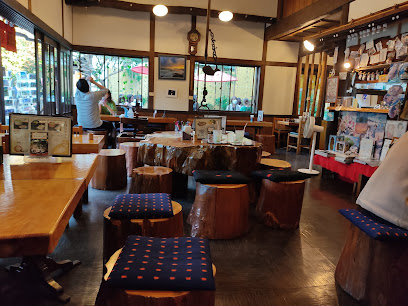
Enoshima Uomi-tei
8.0 km
Experience fresh seafood delights with stunning ocean views at Enoshima Uomi-tei, a top-rated Japanese restaurant on beautiful Enoshima Island.
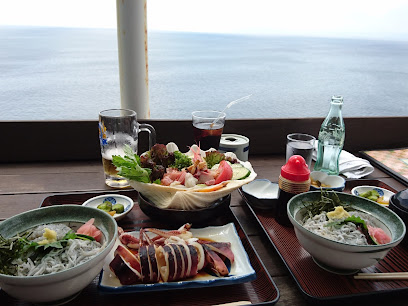
Miharashi-Tei
8.0 km
Experience authentic Japanese cuisine at Miharashi-Tei in Enoshima—where tradition meets flavor in a picturesque setting.
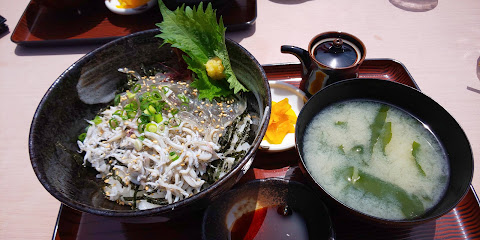
SUGIDAMA Yokosuka-Chuo
11.5 km
Discover exquisite Japanese flavors at SUGIDAMA Yokosuka-Chuo - a must-visit destination for sushi lovers and culinary enthusiasts alike.
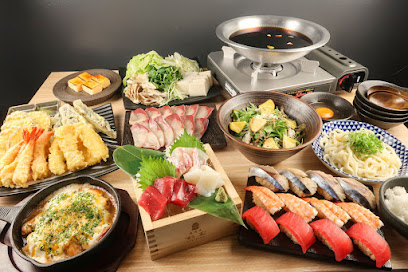
Aoki
15.3 km
Experience the fusion of tradition and creativity at Aoki in Yokohama—where every dish tells a story.
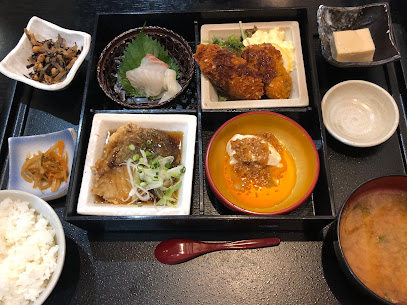
Nakame no Teppen
15.9 km
Discover Nakame no Teppen: A haven for seafood lovers in Yokohama offering traditional Japanese dining experiences.
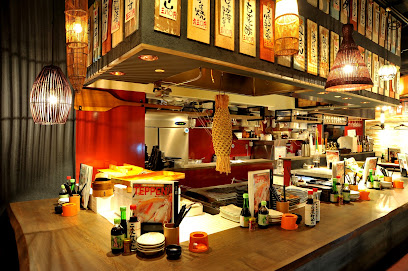
QUAYS pacific grill
16.4 km
Discover QUAYS pacific grill: A premier destination in Yokohama for New American cuisine with stunning waterfront views.
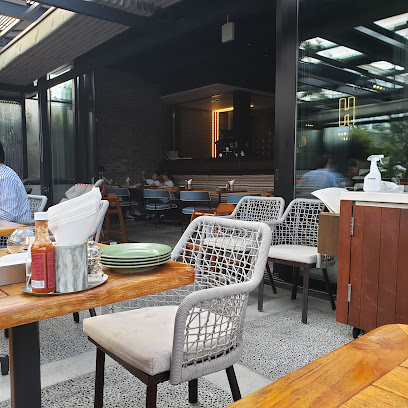
蕎麦 蘇枋 SOBA SUOH
16.7 km
Experience the rich flavors of traditional Japanese soba at 蕎麦 蘇枋 SOBA SUOH in Yokohama – a culinary gem serving authentic noodle dishes.
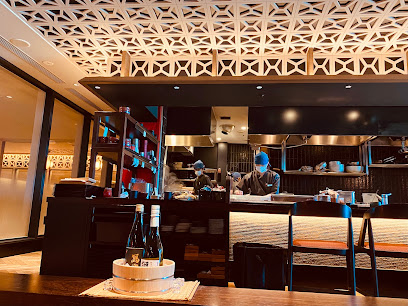
THE RIGOLETTO ocean club
16.9 km
Savor exquisite Italian and Spanish cuisine at THE RIGOLETTO Ocean Club in Yokohama—where culinary artistry meets stunning ocean views.
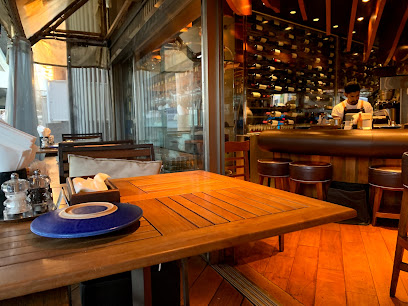
kai
21.5 km
Discover Kai: A traditional izakaya in Atsugi serving authentic Japanese cuisine amidst a cozy atmosphere perfect for cultural immersion.
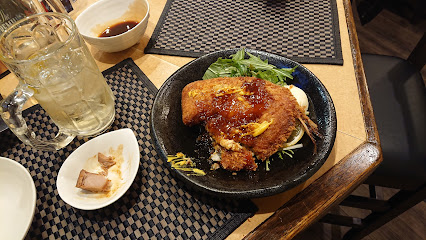
Roti Boti
23.6 km
Savor authentic Indian cuisine at Roti Boti in Sagamihara - where every dish tells a story!
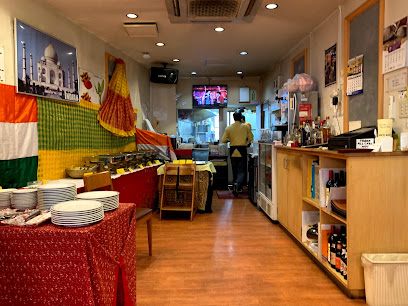
Camp Zama Golf Course, Club House Restaurant
24.0 km
Experience exquisite dining at Camp Zama Golf Course's Club House Restaurant amidst stunning greens in Japan's Kanagawa Prefecture.
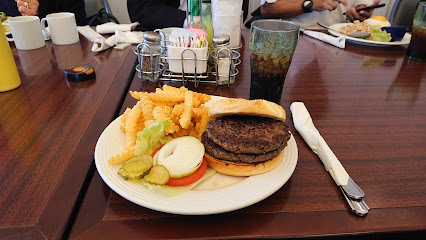
Ellora palace
24.1 km
Experience authentic South Indian cuisine at Ellora Palace in Sagamihara - where every dish tells a story.
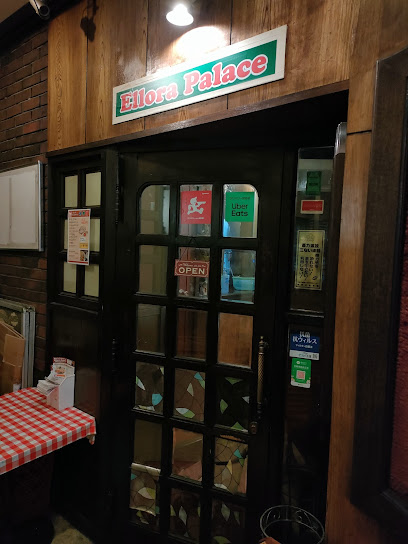
KK Indian Restaurant
24.2 km
Experience authentic Indian flavors at KK Indian Restaurant in Sagamihara - a perfect dining destination for all tourists.
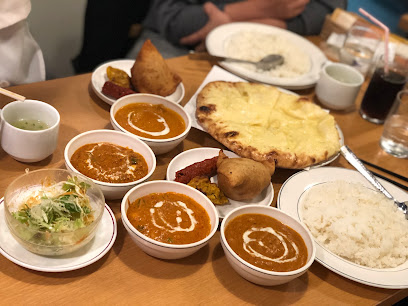
Markets, malls and hidden boutiques
Yurindo Fujisawahonmachi Toreajushirahataten
7.5 km
Explore a treasure trove of children's books, comics, and stationery at Yurindo Fujisawahonmachi Toreajushirahataten in Fujisawa.

Yurindo Terasumorushonanten
10.1 km
Discover Yurindo Terasumorushonanten, a vibrant magazine store in Fujisawa offering books, comics, and home goods for all ages.
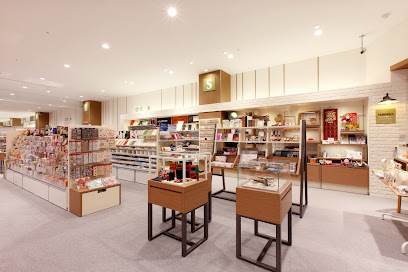
OMG Japan
15.7 km
Explore OMG Japan in Yokohama: A quintessential general store filled with local treasures, souvenirs, and delightful Japanese products for tourists.
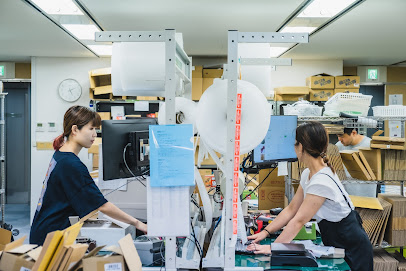
Aloha Street
16.0 km
Explore the vibrant essence of Hawaii at Aloha Street, a must-visit Hawaiian goods store in Yokohama, offering unique clothing and souvenirs.
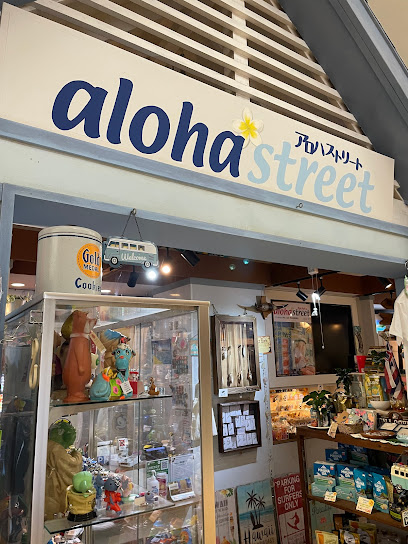
Yokohama Takashimaya
16.6 km
Explore Yokohama Takashimaya for an unforgettable shopping experience featuring fashion, gourmet foods, and unique souvenirs in the heart of Yokohama.

AEON Atsugi
21.5 km
Discover AEON Atsugi, a dynamic shopping hub in Kanagawa, featuring a supermarket, duty-free stores, and a variety of dining options for every taste.
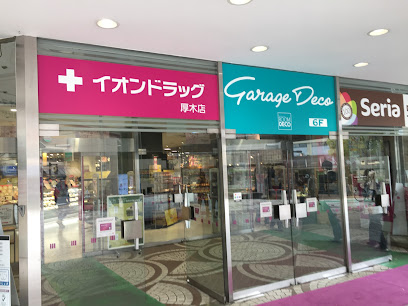
Thrift Mall Minami Machida
22.2 km
Explore Thrift Mall Minami Machida for unique vintage finds and sustainable shopping experiences in the heart of Tokyo.
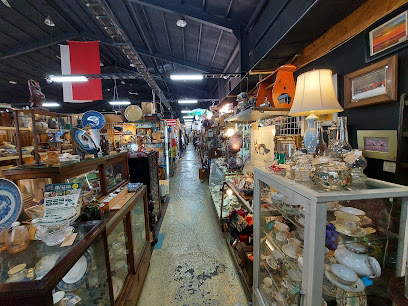
SAGAMI BOUTIQUE
23.6 km
Explore Sagami Boutique for exclusive fashion finds and a unique shopping experience in Sagamihara, Japan.

Umifukuzakka
24.3 km
Explore Umifukuzakka in Sagamihara for an exceptional shopping experience filled with unique gifts, antiques, and home goods.
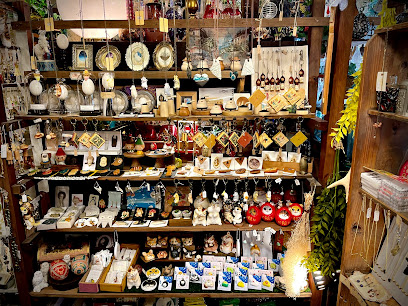
Yurindo Center Minamiekiten
24.4 km
Explore Yurindo Center Minamiekiten in Yokohama for an extensive selection of books, comics, and stationery, perfect for all ages and interests.

BSA Scout Shop (Asia East District)
24.9 km
Explore the spirit of scouting at the BSA Scout Shop in Sagamihara, where unique gear and community events await every visitor.
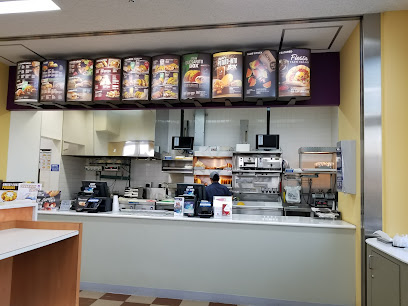
WE -shoppu Sagamiharaminamidaiten
25.1 km
Explore WE -shoppu in Sagamihara for a vibrant mix of local products, unique souvenirs, and a taste of Japanese culture.
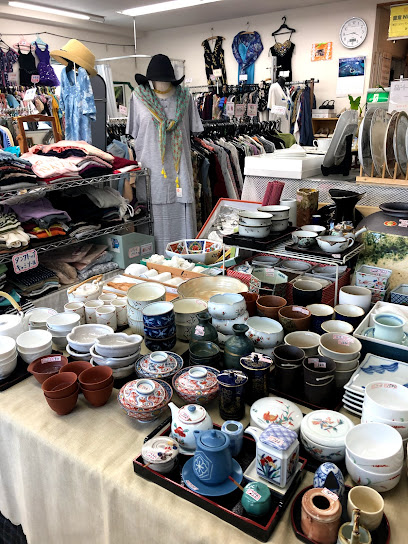
相模大野ステーションスクエア B館
25.3 km
Discover the vibrant shopping scene at Sagamiono Station Square B Building, where fashion meets local culture in the heart of Sagamihara.

Sagamiono Station Square
25.3 km
Experience the vibrant shopping and dining at Sagamiono Station Square, your gateway to local culture in Kanagawa.

サガミックス相模大野(sagamix)
25.3 km
Explore authentic Japanese souvenirs at Sagamix, the premier destination for unique crafts and gifts in Sagamihara.

Essential bars & hidden hideouts
Amazon Club
14.7 km
Experience the vibrant nightlife at Amazon Club in Yokohama, where diverse cuisines and a lively atmosphere await you.
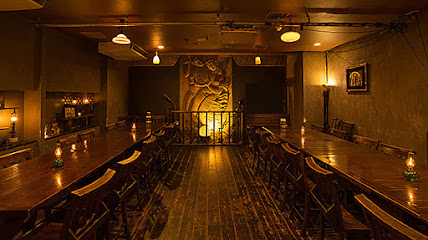
Casablanca
15.4 km
Experience the vibrant nightlife at Casablanca, Yokohama's stylish cocktail bar offering exquisite drinks in an inviting atmosphere.
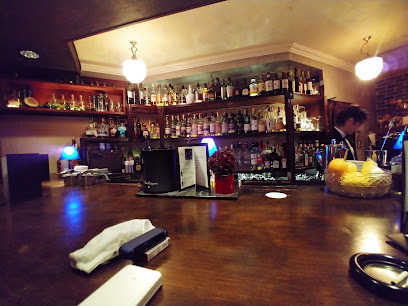
Bar Sea Guardian II
15.7 km
Discover the elegance of Bar Sea Guardian II in Yokohama, where stunning bay views and exquisite cocktails await you.
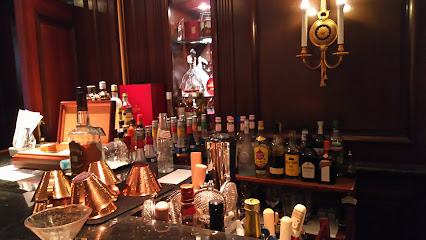
SOULMUSICBAR Black Monks 1990
23.9 km
Discover the soulful vibes and eclectic ambiance of SOULMUSICBAR Black Monks 1990 in Sagamihara, where music and culture blend seamlessly.
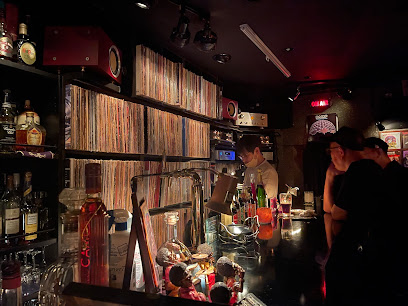
Live Spot Take5
24.1 km
Immerse yourself in the captivating world of jazz at Live Spot Take5, where talented musicians bring soulful tunes to life in a cozy setting.
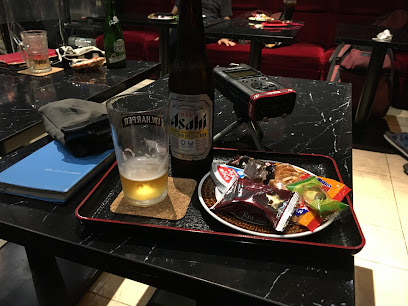
J−WAVE
24.2 km
Discover the vibrant nightlife of Sagamihara at J−WAVE, where drinks flow and good times roll in a lively atmosphere.
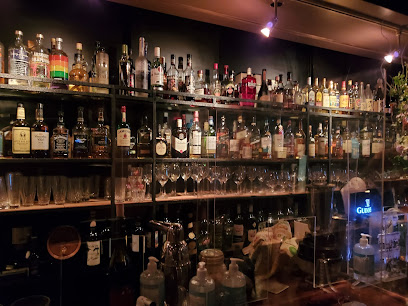
BAR 英泉
24.3 km
Experience the vibrant nightlife of Sagamihara at BAR 英泉, where exquisite drinks and a warm atmosphere await you.
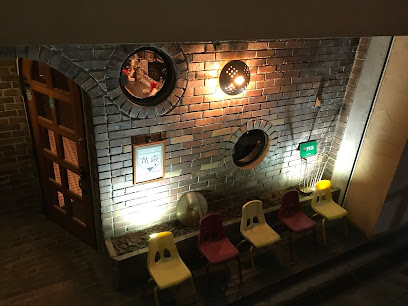
Moon Light Reggae Bar
24.5 km
Discover the vibrant nightlife at Moon Light Reggae Bar in Sagamihara, where lively music and refreshing drinks create an unforgettable experience.
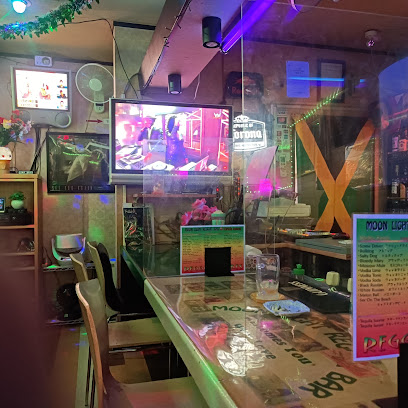
TAIN MALT BAR
25.1 km
Experience the finest selection of spirits in Sagamihara at Tain Malt Bar, where every visit is a delightful journey into the world of drinks.

Jade
25.2 km
Discover the vibrant nightlife at Jade, an inviting bar in Sagamihara, perfect for cocktails and good company.

Jazz & Bar Monks
25.3 km
Immerse yourself in the enchanting world of live jazz at Jazz & Bar Monks, where music and mixology come together in Sagamihara's vibrant nightlife.
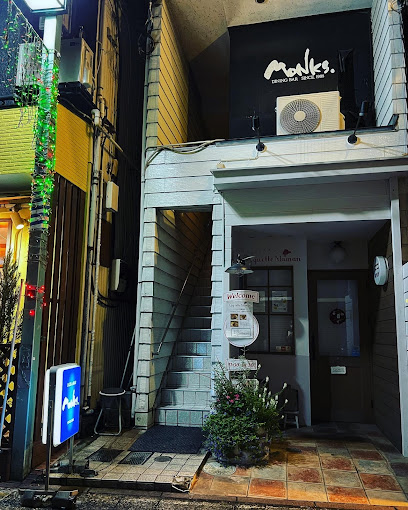
HUB Sagamiono
25.3 km
Experience the essence of Japanese pub culture at HUB Sagamiono with delicious food, a wide selection of drinks, and a vibrant atmosphere.
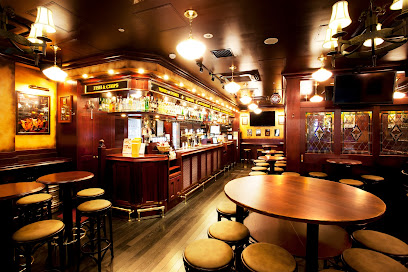
RUDDY
25.3 km
Experience the vibrant nightlife of Sagamihara at RUDDY, a lively bar offering a diverse drink menu and a welcoming atmosphere.
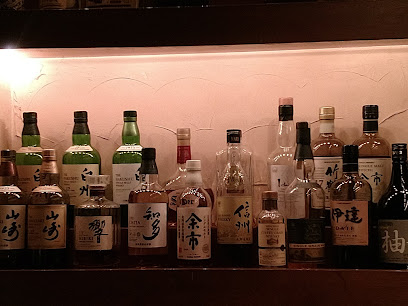
Bar Eau de Vie
25.3 km
Experience the vibrant nightlife of Sagamihara at Bar Eau de Vie, where unique cocktails and a cozy atmosphere await.
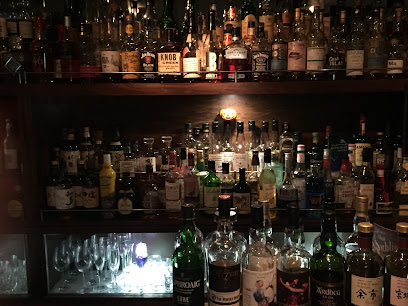
スクラブスター
25.4 km
Discover the energetic vibe and unique drink offerings at スクラブスター, a top bar in Sagamihara's nightlife scene.




